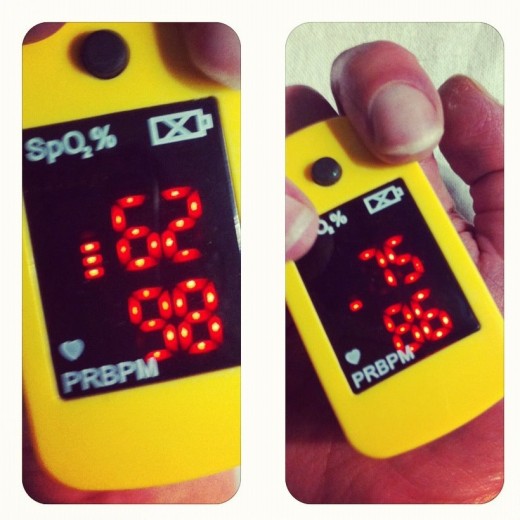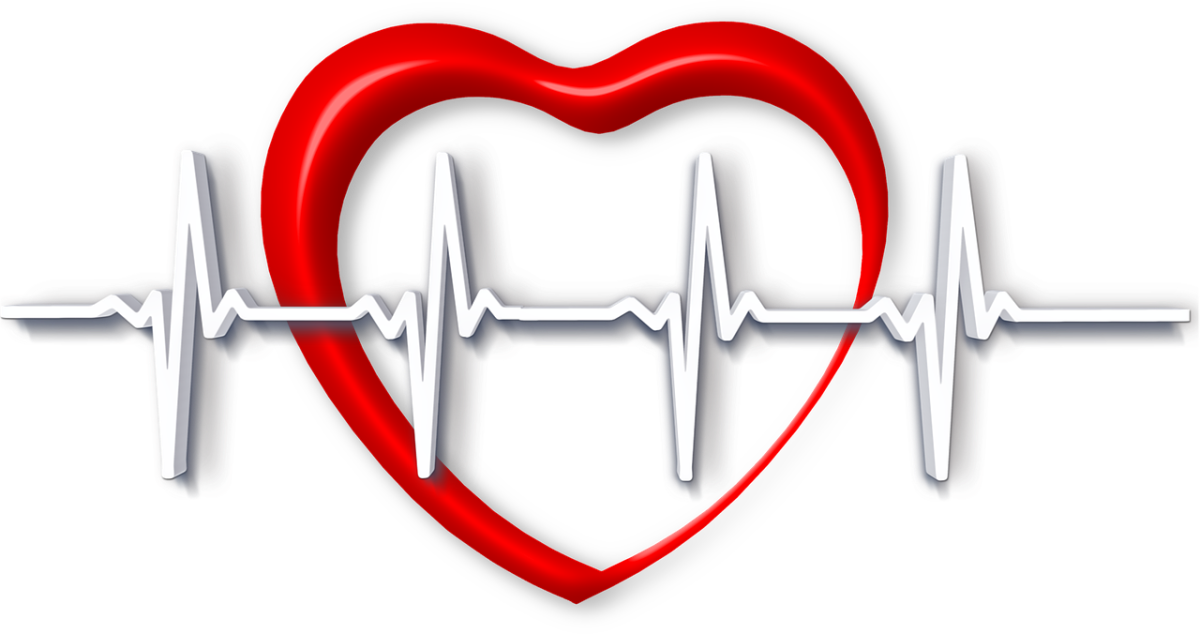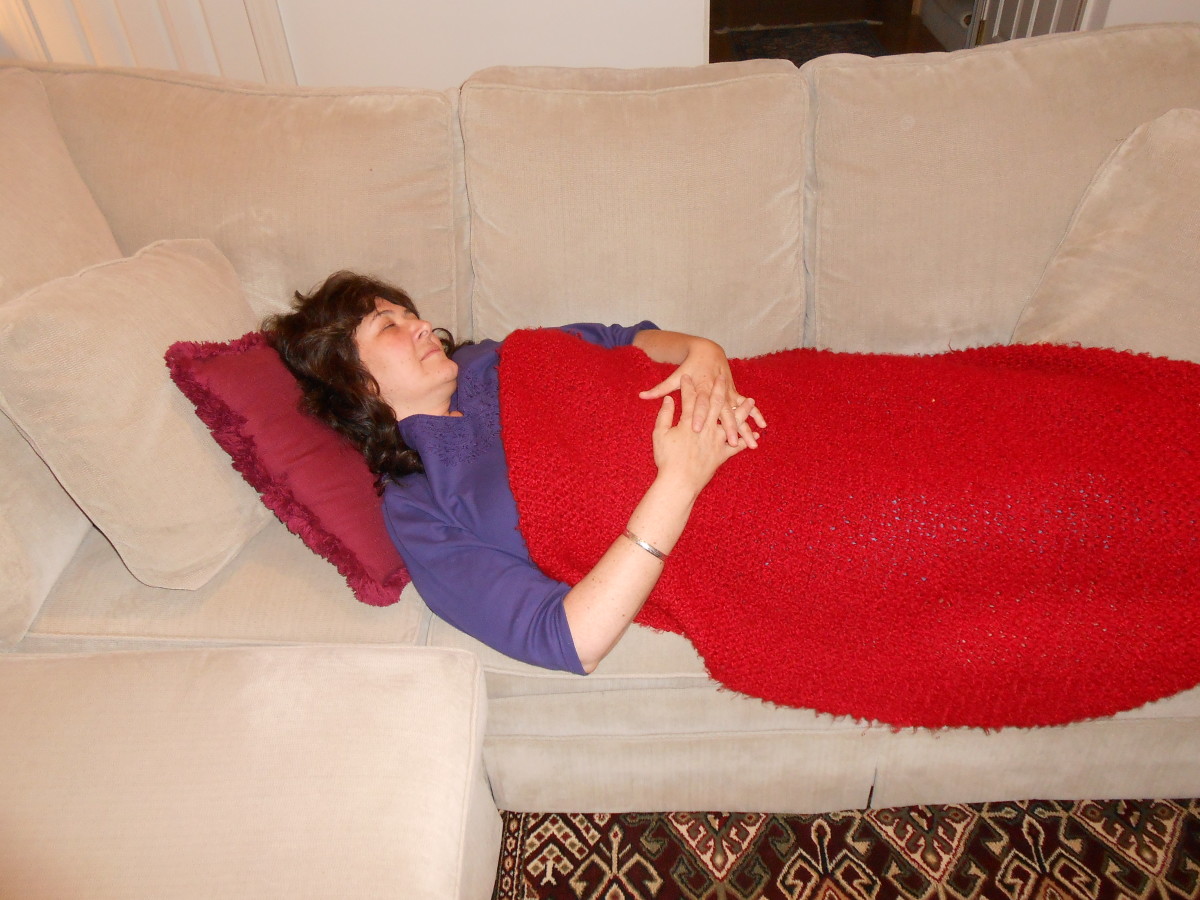- HubPages»
- Health»
- Women's Health»
- Pregnancy
Congenital Heart Disease the number 1 Birth Defect- What you need to know and how to screen for it after birth.

What is the number 1 birth defect?
Many are shocked to realize the heart defects or known in the medical world as Congenital Heart Disease (CHD) is the number one birth defect.
In the US it is estimated 1 out of every 100 babies born in the US has some kind of heart defect. In Canada the number are thought to be even higher 1 out of 75. There are no known causes of congenital heart disease, some defects are linked to hereditary, but not all heart defects are considered genetic. Research has is just beginning to figure out why defects of the heart are so common, and what could be causing them.
CHD isn't something new, the population patient with CHD are growing, but only because survival rates have dramatically increased over the past 30 years. Now it is thought that 90% of the children with CHD, will grow up to be adult. Those statics were dramatically different for those born 30 years ago, especially those with severe congenital heart defects. Advancements in diagnosis and surgical procedures, has changed and made it possible for adults with CHD to out number, children with CHD. It is estimated that over 2 million american adults have some form of Congenital heart defects, and about 800,000 children.
Congenital Heart Disease Facts
- Congenital Heart Defect - is a problem with the hearts structure. The most common defects are holes, misplaced/missing valves, arteries,veins or chambers of the heart.
- CHD is 3 times more likely then childhood cancer and 40 times more likely cystic fibrosis
- Twice as many children die from CHD then all childhood cancers combined, yet funding for research for pediatric cancer is 5 times that of CHD funding
- Some babies will be diagnosed during gestation, or until birth, however some are not identified until days, week, years and even adulthood.
- The earlier CHD is detected and treated the better outcome.
- The American Heart Association only gives about .30 cents of every dollar to research, and of that .01 goes to research for CHD
Living with a heart defect
Having a child be born with a heart defect, can be a frighting and overwhelming experience. Depending on the defect, will depend on what will happen to your child. Most children born with CHD will have one, or many heart surgeries. These surgeries usually take place with in the first 10 years of life. Most adults with congenital heart disease, will have few or no physical limitation or symptoms. Some even go on to win gold metals in the Olympics, look at Shawn White who was diagnosed with Tetralogy of Fallot at birth and had heart surgery as a child.
The Adult Congenital Heart Disease Association ( website) stresses however, there is no cure, and if your child, or you have been born with a heart defect, and were told you were cured then you need to be find and be monitored by an approved congenital heart center. Many children with defects that have grown up thinking they were cured, find themselves in the hospital or have suddenly died due to the fact that their heart problems were not monitored carefully.

Test to diagnose Congenital Heart Disease
- Fetal Echo-cardiogram- All pregnant woman should get a fetal echo-cardiogram that will exam the babies heart structure. Many babies with heart structure problems are detected after the 20 week mark.
- Echocardiogram- Are used after birth, it is a non invasive test very similar to the fetal echo. This allows doctors to explore the heart in more detail then when the child was in gestation.
- Electrocardiogram- this is used to diagnosis heart rhythm problems and is the first indicator that there could be an issue
- Chest X-ray- heart size, placement, and lung health can aid doctors in a diagnosis
- Pulse Oximetry- this is probably the best test to see if a serious heart defect is present. This simple test measure the amount of oxygen that is present in the blood. It is usually attached to a child's finger. Some refer it to the ET finger because of the glowing red light. This test is not mandatory in many hospitals, but heart parents have been fighting their states to make in mandatory for all newborns to be put on a pulse ox monitor at birth.
- Cardiac Catheterization- is a more detailed test usually done after a diagnosis has been determined, but doctors need to get a better, more detailed view of the defects before deciding on surgical treatments. This involved threading a tube up from the groin through the body to the heart. There they can do a number of procedure and test. Many who are born with CHD will have several cardiac catheterization in their lifetime to monitor and improve their heart function.
Learn more
- The Children’s Heart Foundation | Saving Children's Lives. One Heart at a Time.
- CANADIAN ADULT CONGENITAL HEART NETWORK - An amazing educational resource for Professionals and the
- Adult Congenital Heart Association > Home
- It's My Heart
It’s My Heart’s is a non-profit organization formed for the purpose of providing support, spreading awareness, educating and advocating for those affected by Acquired and Congenital Heart Defects by creating alliances with fellow families, hospitals,








